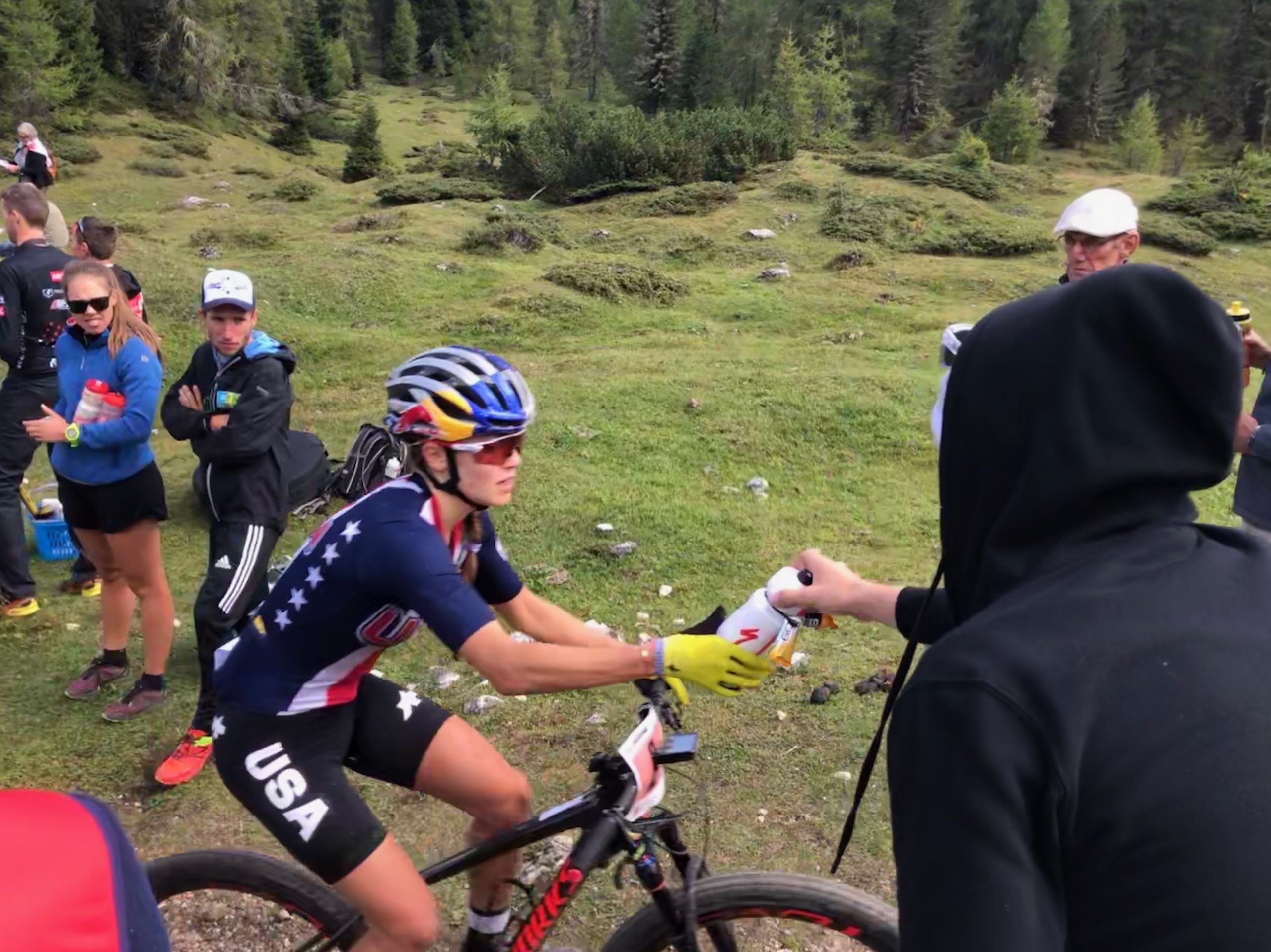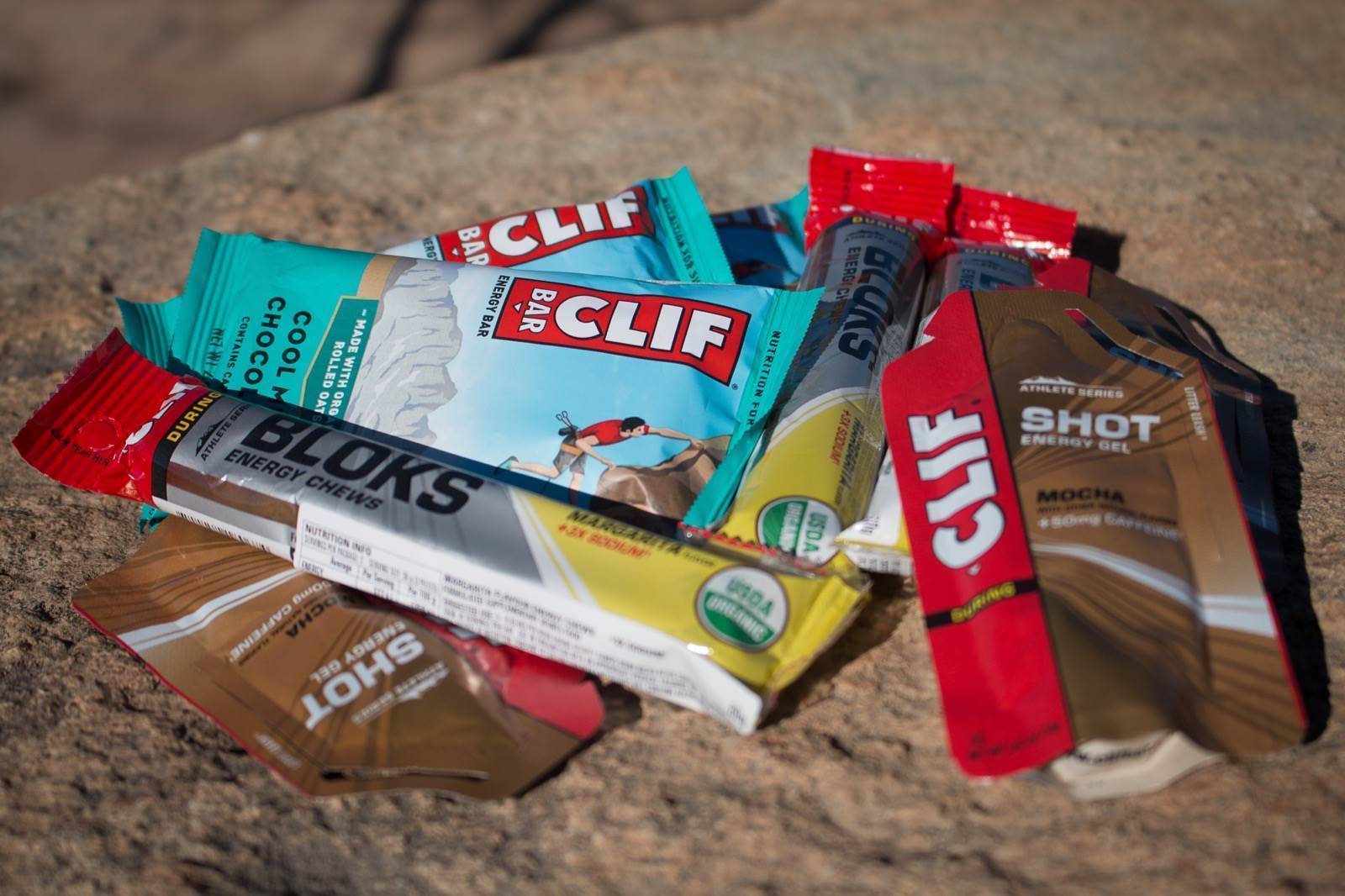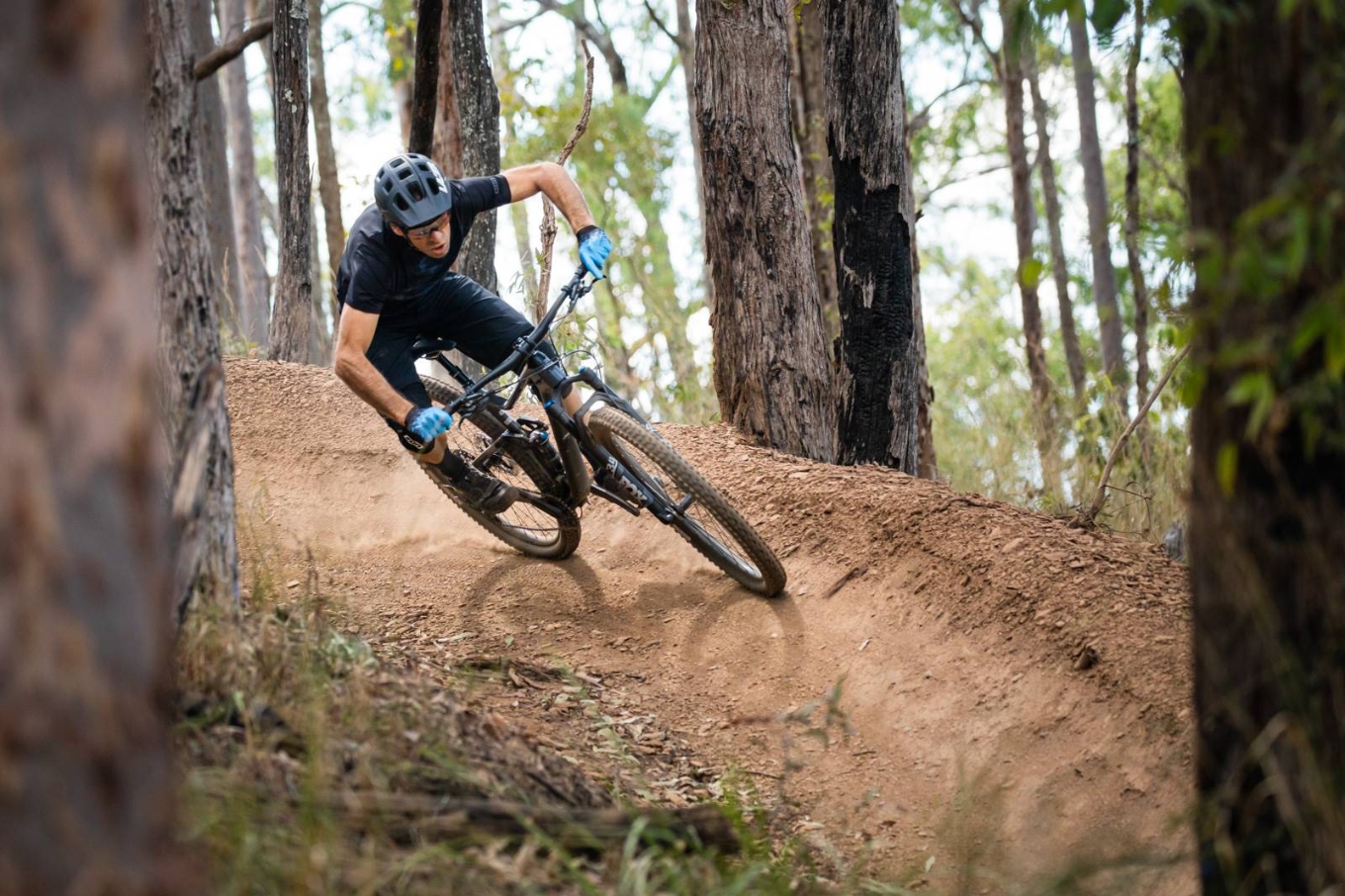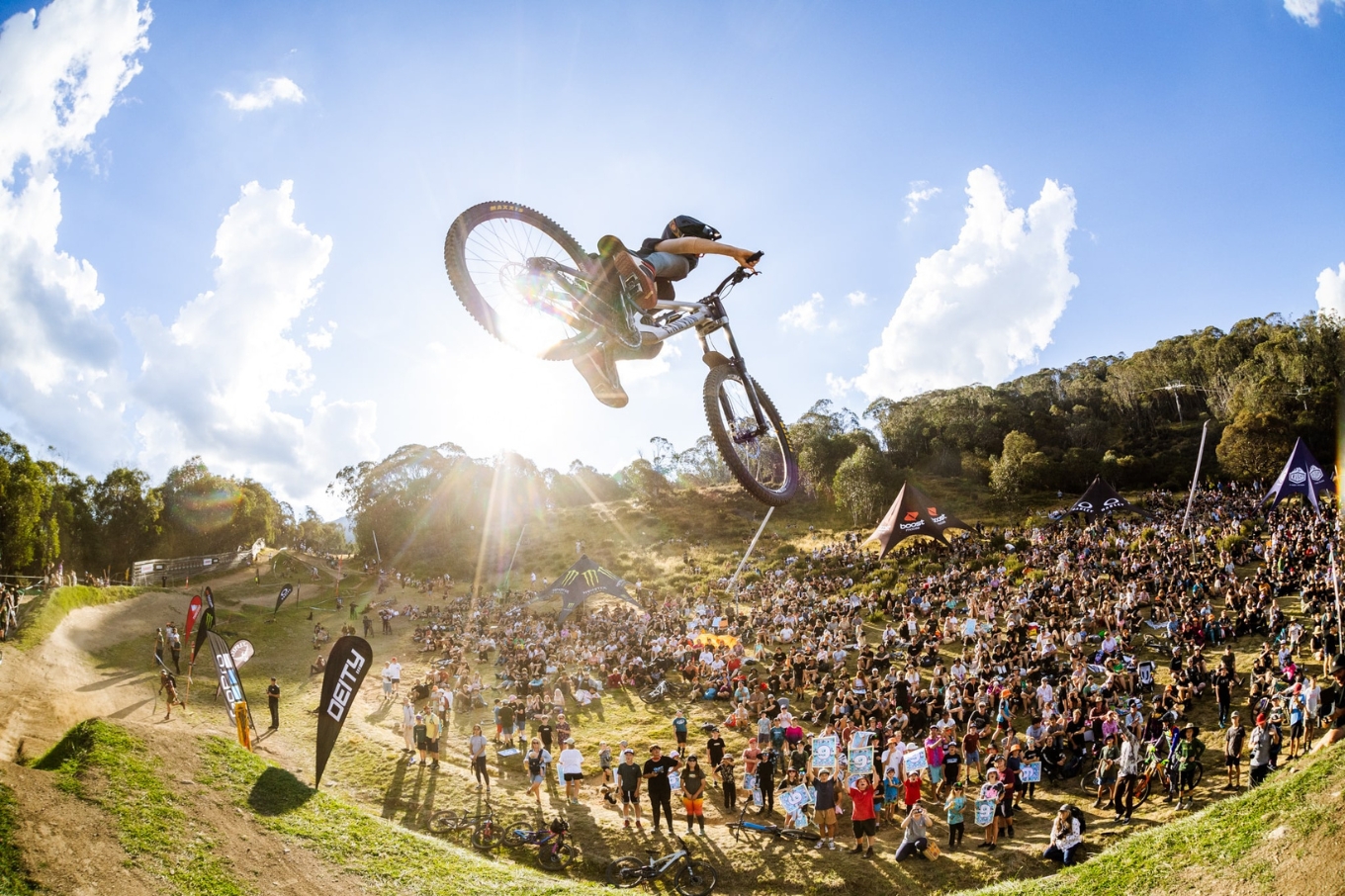Nutrition: To gel or not to gel?
Got a race coming up? Not sure what to do about your race nutrition? We investigate the issue of gels – should you, or shouldn’t you?
Words: Zoe Wilson
If you’re into riding, there’s no doubt you’ve come across sports gels. If you’re new to mountain biking or you’re at all health-conscious, you probably want to know if sports gels are something you should be avoiding or something you should be using. In nutrition there is often no straightforward answer, and it’s no different when it comes gels, so we’ll try to simplify.
First things first, what’s in a gel?
Gels are a concentrated form of carbohydrate. They increase energy availability by raising blood sugar levels to stop muscle damage and fatigue in its tracks. The most common ingredients in a gel are sugars like glucose and maltodextrin as well as fructose or other forms of sugars like brown rice syrup or apple juice.
Gels have other ingredients added too. For example, electrolytes to replace those lost through sweat; or caffeine to help with the absorption of the carbohydrates and to help reduce the feelings of fatigue. What gels don’t have are fat, fibre and usually protein as these take longer to absorb which isn’t very helpful when you need a quick hit of energy.

How do gels actually work?
Keeping this as simple as possible, as soon as you put a gel in your mouth enzymes begin to break the sugar down into little packets of glucose. When those packets hit your gut, transporter proteins in the cells pass the glucose from the gut to the blood and the liver. Once in the liver and the blood the glucose is ready to be converted to energy to be used by the muscles to fuel your ride.
So, should you take them?
Carbohydrates are important to riders no matter where the carbohydrate is coming from. Gels are by no means the only thing you can eat. Other great options include fruit, crackers, rice bars, vegemite sandwiches or dried fruit, not to mention to range of sports drinks out there. The reasons gels are so popular is their convenience – they’re portable, take up very little space, are light and easy to open and you know exactly how much carbohydrate you’re taking with each one. Using gels instead of sports drinks can also be helpful for colder races, where you may need more energy than fluid. Finally, gels are absorbed quickly because of their ingredients, and the addition of fructose means you can absorb more without the gut upset if taking glucose alone.
How should you take them?
Research suggests 30-60g carbs per hour is about right for most of us if the race is more than an hour. With well-trained riders racing at high intensity for more than 1.5 hours they will need up to 90g per hour. Most gels will have between 15-25g, so that means you’ll take 2-3 gels per hour. If you’re lighter (less than 70kg), or the race is short or not so hard, your needs will probably be towards the lower end of the range, so it may be worth looking at something like sport chews where can take your carbs in smaller amounts. A gel flask is also useful for having a measured amount, and reducing the need for sticky wrappers in pockets.
When you start taking fuel on board the timing of your gels depends on the intensity of the race as well as how well hydrated and well fuelled you are at the start and throughout the race. The key here is to listen to your body and the terrain. If you’re starting to think about food or feel your energy levels dipping, you probably need to eat. If you know there is a particularly hard part of the race coming up, it’s worth taking a gel 10-15 minutes before to give you a boost. Some riders set a reminder alarm on their watch or GPS to make sure they eat at regular intervals. A simple note on your bars can do just the same.

Are there any downsides?
There are some downsides to gels. If you’re not used to them, dehydrated or take too many, you may experience things like nausea, bloating, cramping and diarrhoea (not ideal when you are mid-race!). Also, if the gels are sitting in your stomach giving you grief it means they’re not being absorbed so you you’ll have the double whammy of not getting the fuel for your legs.
The good news is, your gut can be trained to tolerate gels and food over time with practice. There are also a range of more “juice-like” gels on the market now, that help you take more fluid on board than the traditional “syrupy” gels reducing gut upset.
Do I use them in training?
Gels are often overused and could potentially impact your weight if you’re having them regularly when you don’t need them. You do need to practice your race strategy though, so save the gel-testing for those high intensity or race-specific training rides and make sure your daily diet it up to scratch.
There is also the issue of fat-adaption. Training in a carb depleted state during some sessions will teach your body to become more efficient at burning fat as fuel, rather than relying on sugar all the time. You should only do low carb sessions once or twice a week when you have at least a few weeks between races (or even better, in the off season) because you won’t be able to reach higher intensities and get the desired improvement in performance from your training.
The bottom line?
Gels can be a really useful tool for fuelling a race. They’re compact, easy to digest and fast acting. But, before you start downing them in your next race, remember to practice! Everyone is different, and you need to listen to your own body. Try a few different regimes on your race-specific training rides and see what works best for you. And lastly, once you’ve found something that works, stick with it – last minute changes never end well!







